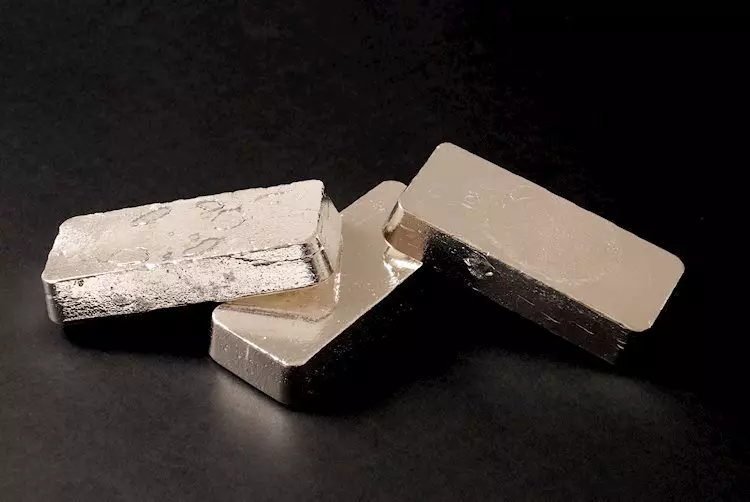The silver price has been on a downward trend for the fourth consecutive day, currently standing at around $27.90 in the early European trading session on Wednesday. This decrease represents a 0.55% drop in value. A stronger demand for the US Dollar and worries about China’s economic activity have been key factors contributing to the decline in the price of silver. The slowdown in China’s service sector growth, as indicated by the recent data on the Chinese Caixin Services Purchasing Managers’ Index (PMI), has raised concerns about the overall demand for silver as China is a major silver exporter globally.
The imminent Federal Reserve (Fed) rate cuts have provided some support to the silver market, offering hope for a potential rebound in the precious metal’s value. The markets are currently pricing in a considerable possibility of a rate cut by the Fed in September, with a 61% chance of a 25 basis points reduction and a 39% possibility of a 50 bps cut. These rate cuts could make silver more affordable for buyers, potentially leading to an increase in demand for the metal.
The upcoming US August Nonfarm Payrolls (NFP) report, scheduled for release on Friday, is expected to play a crucial role in shaping the direction of the silver price. Analysts predict a job addition of 163K in August, with the Unemployment Rate forecasted to decrease to 4.2%. A weaker-than-expected NFP reading could trigger concerns about a potential US recession, leading to speculation about deeper rate cuts by the Fed. Such speculations could drive up the price of silver as investors turn to safe-haven assets during times of economic uncertainty.
Silver is a highly-traded precious metal that serves as a store of value and a medium of exchange. While it may not be as popular as gold, silver holds its own appeal for investors looking to diversify their portfolios or hedge against inflation. The value of silver is influenced by various factors, including geopolitical instability, economic recession fears, and changes in interest rates. As a yieldless asset, silver tends to perform well in environments of lower interest rates. Additionally, the behavior of the US Dollar, in which silver is priced, plays a significant role in determining the metal’s value.
Silver is widely used in industries such as electronics and solar energy due to its high electric conductivity. Changes in demand from these sectors can impact silver prices significantly. Economic dynamics in major countries like the US, China, and India also play a role in determining silver price fluctuations. Industrial usage in the US and China, as well as consumer demand in India for jewelry, contribute to price swings in the silver market. The interconnectedness between silver and gold prices is also worth noting, as silver tends to follow gold movements. The Gold/Silver ratio is a useful metric for assessing the relative valuation between the two metals and can provide insights into investment decisions.
The silver market is influenced by a myriad of factors, ranging from economic indicators to geopolitical events. Understanding these factors and their impact on silver price movements can be crucial for investors seeking to navigate the volatility of the precious metal market.

